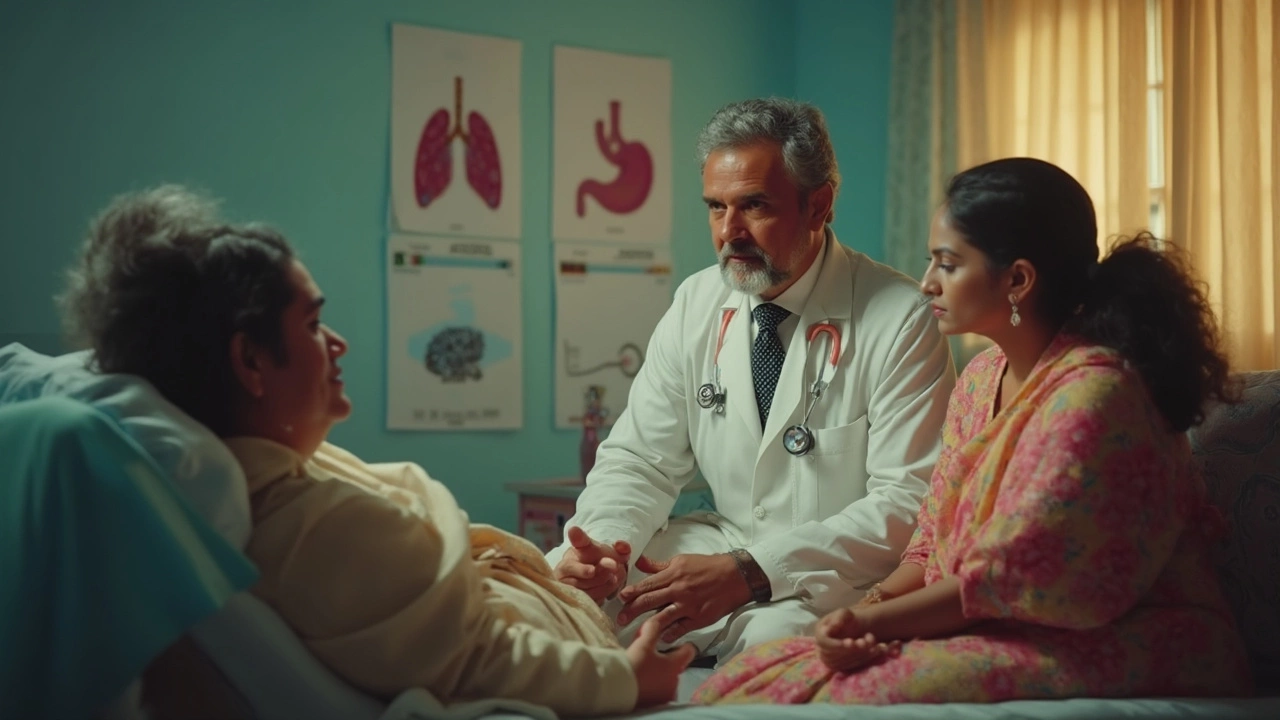Lung Cancer: Causes, Symptoms, and How Physiotherapy Helps Recovery
When someone is diagnosed with lung cancer, a malignant growth in the lungs that can spread to other parts of the body. Also known as pulmonary cancer, it often develops silently and is linked to smoking, air pollution, radon exposure, or genetic factors. Many people assume treatment ends with surgery or chemotherapy, but recovery is just beginning. The real challenge? Regaining the ability to breathe deeply, move without fatigue, and return to daily life. That’s where physiotherapy, a hands-on approach to restoring movement and function after illness or injury. Also known as physical therapy, it plays a critical role in helping patients rebuild strength and lung capacity.
Lung cancer doesn’t just attack tissue—it weakens the entire respiratory system. Patients often struggle with shortness of breath, reduced oxygen levels, and muscle loss from inactivity. pulmonary rehabilitation, a structured program combining exercise, education, and breathing techniques for people with chronic lung disease. Also known as lung rehab, it’s proven to improve survival rates and reduce hospital readmissions. Simple breathing exercises, like diaphragmatic breathing and pursed-lip techniques, help clear mucus, expand collapsed lung areas, and reduce anxiety. Gentle strength training rebuilds the muscles used for standing, walking, and even sitting upright—something many patients lose after months of rest. And it’s not just about the body. Fatigue and depression are common after treatment, and movement has been shown to lift mood as effectively as medication for some.
What makes this different from general fitness? It’s tailored. A physiotherapist doesn’t hand you a generic workout. They assess your lung function, check your oxygen levels during activity, and adjust exercises based on how you respond. One patient might need help coughing effectively after surgery. Another might be too weak to stand without support. The goal isn’t to push limits—it’s to rebuild trust in your own body. And the results? People report being able to play with grandchildren, walk to the store, or sleep through the night without gasping for air.
There’s no magic cure, but recovery doesn’t have to mean giving up. The right support turns survival into living. Below, you’ll find real stories and practical advice from people who’ve walked this path—how they moved again, breathed easier, and found hope in small steps.
-
2
Some cancers just don’t play fair. In this article, you’ll find out which cancers are known for being the hardest to beat and why. I’ll break down the three worst cancers, look at survival odds, and share little-known facts that could make a difference. You'll also get tips on recognizing symptoms early and protecting yourself where possible. Let’s get real about the cancers that scare doctors and patients alike.
